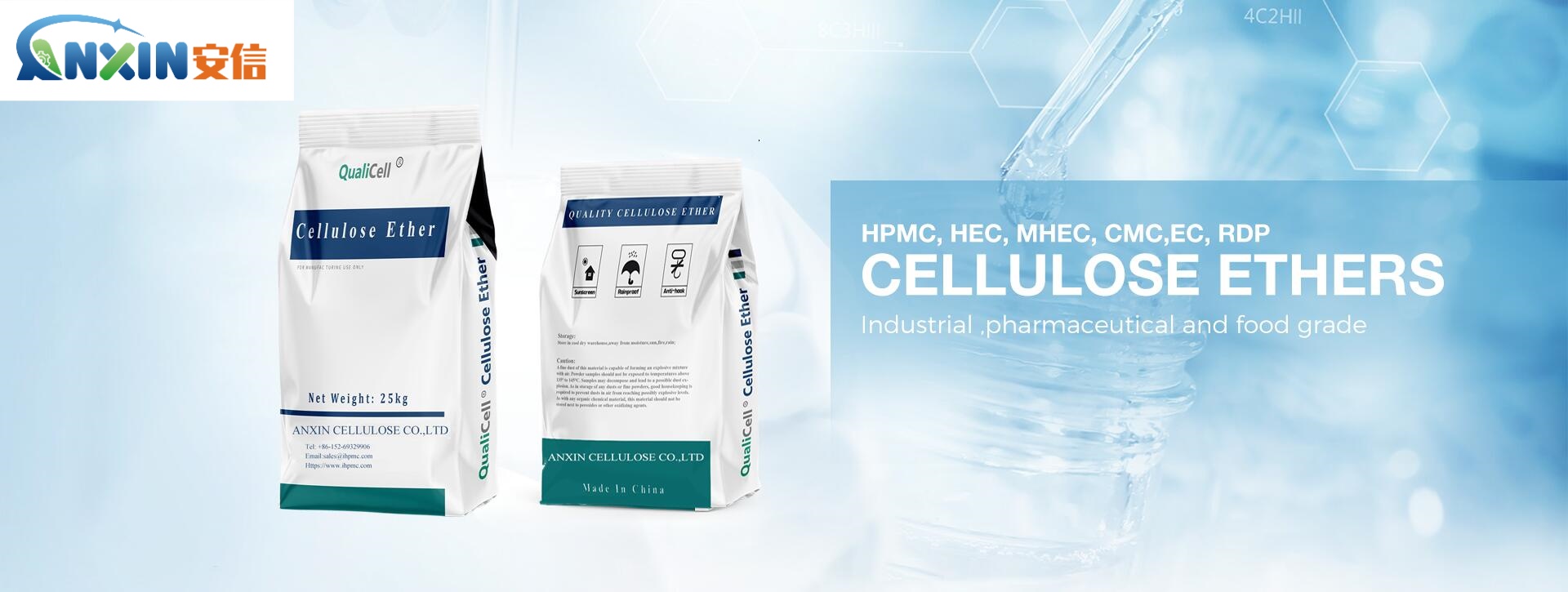Hydroxypropyl Methylcellulose (HPMC) in Construction Materials
Hydroxypropyl Methylcellulose (HPMC) is a versatile compound extensively utilized in various industries, with a significant presence in the construction sector. This synthetic polymer derived from cellulose finds myriad applications owing to its unique properties, including water retention, thickening capabilities, and adhesive properties. In the realm of construction materials, HPMC serves as a crucial additive enhancing the performance and functionality of various products.
Understanding HPMC:
HPMC, also known as hypromellose, is a semi-synthetic, water-soluble polymer derived from cellulose through chemical modification. The synthesis involves treating cellulose with propylene oxide and methyl chloride, leading to the substitution of hydroxyl groups with hydroxypropyl and methyl groups. This process enhances the compound’s water solubility and alters its physical properties, making it suitable for a wide range of applications.
Properties of HPMC:
HPMC possesses several properties that make it an ideal additive in construction materials:
Water Retention: HPMC exhibits excellent water retention properties, making it invaluable in construction materials such as mortars, renders, and plasters. Its ability to form a gel-like structure when mixed with water helps prevent rapid water loss during application and curing, ensuring optimal hydration of cementitious materials.
Thickening: HPMC acts as an efficient thickening agent, imparting viscosity to solutions and improving workability. This property is particularly beneficial in tile adhesives, grouts, and joint compounds, where it enhances consistency, ease of application, and the ability to adhere to vertical surfaces.
Film Formation: Upon drying, HPMC forms a transparent and flexible film, enhancing the durability and weather resistance of coatings and sealants. This film-forming ability is essential for protecting surfaces from moisture ingress, UV radiation, and mechanical damage, thereby prolonging the lifespan of construction materials.
Adhesion: HPMC contributes to the adhesive strength of various construction products, facilitating better bonding between substrates and enhancing overall structural integrity. In tile adhesives and plastering compounds, it promotes strong adhesion to diverse surfaces, including concrete, wood, and ceramics.
Chemical Stability: HPMC exhibits excellent chemical stability, retaining its properties over a wide range of pH levels and temperatures. This attribute ensures the long-term performance and durability of construction materials under different environmental conditions.
Usage of HPMC in Construction Materials:
HPMC finds widespread application in the formulation of various construction materials, contributing to their performance, durability, and workability:
Mortars and Renders: HPMC is commonly incorporated into cement-based mortars and renders to improve workability, adhesion, and water retention. By preventing rapid water loss, it allows for extended working time and reduces the risk of cracking and shrinkage during curing. Additionally, HPMC enhances the cohesiveness and consistency of mortars, ensuring uniform application and better bonding to substrates.
Tile Adhesives and Grouts: In tile installation systems, HPMC serves as a vital component of both adhesives and grouts. In adhesives, it imparts thixotropic properties, enabling easy application and adjustment of tiles while ensuring strong adhesion to substrates. In grouts, HPMC enhances flow properties, reducing the likelihood of voids and improving the final aesthetic appearance of tiled surfaces.
Plasters and Stuccos: HPMC plays a crucial role in enhancing the performance of interior and exterior plasters and stuccos. By improving water retention and workability, it facilitates smoother application, reduces cracking, and enhances the bond strength between the plaster and substrate. Moreover, HPMC helps control sagging and shrinkage, resulting in a more uniform and durable finish.
Exterior Insulation and Finish Systems (EIFS): EIFS rely on HPMC-based adhesives and basecoats to bond insulation boards to substrates and provide a protective exterior finish. HPMC ensures proper wetting of surfaces, enhances adhesion, and contributes to the flexibility and crack resistance of EIFS coatings, thereby improving thermal performance and weather resistance.
Caulks and Sealants: HPMC-based caulks and sealants are widely used in construction for filling gaps, joints, and cracks in various substrates. These formulations benefit from HPMC’s water retention, adhesion, and film-forming properties, which help create durable and weather-resistant seals, preventing moisture intrusion and air
leakage.
Gypsum Products: In gypsum-based construction materials such as plasters, joint compounds, and self-leveling underlayments, HPMC functions as a rheology modifier and water retention agent. It improves workability, reduces sagging, and enhances the bonding between gypsum particles, resulting in smoother finishes and reduced cracking.
Hydroxypropyl Methylcellulose (HPMC) plays a pivotal role in the construction industry, serving as a multifunctional additive in various materials and applications. Its unique combination of properties, including water retention, thickening, adhesion, and film formation, enhances the performance, durability, and workability of construction products ranging from mortars and renders to adhesives and sealants. As the construction sector continues to evolve, HPMC is expected to remain a fundamental component, driving innovation and improving the quality of built environments worldwide.
Post time: Apr-08-2024
